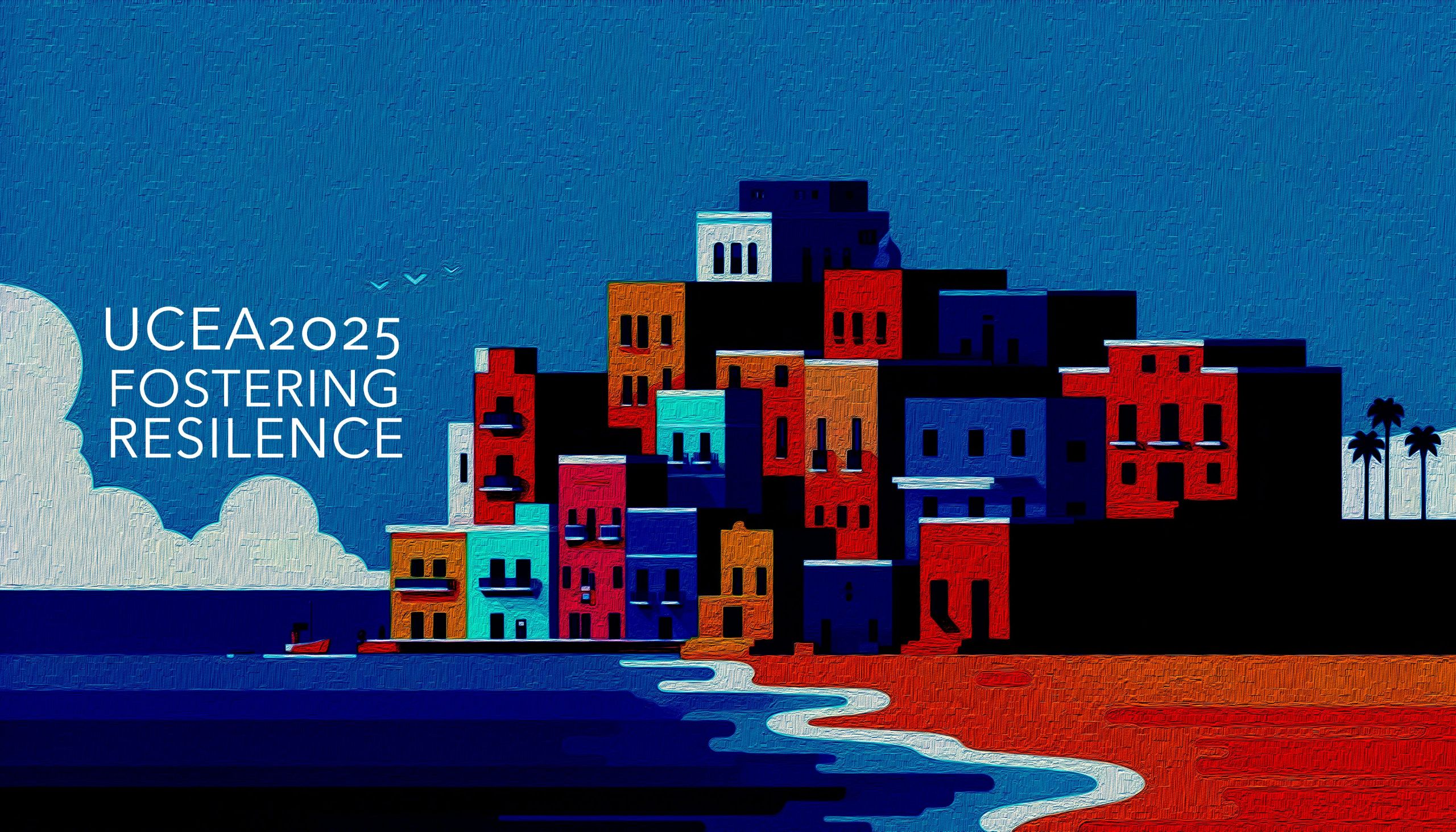
placeholder
Paper submissions are intended for in-depth reporting of current/completed research and results, analyzing educational policy issues, or presenting theoretical/conceptual work that informs educational leadership.
A set of topically aligned paper submissions is usually assembled into one session so that each author or writing team has roughly 10–12 minutes to present research and share findings using PPT and relevant handouts.
These submissions are intended to present innovations, effective strategies, or created tools/materials that might be of value to practitioners or researchers within our community.
A set of topically aligned practice-based presentation submissions is typically assembled into one session so that each contributor has roughly 10–12 minutes to present using PPT and share relevant handouts.
These sessions are intended to present innovations, effective strategies, tools, problems of practice, collaborations, etc. Presentations are no more than 5 minutes long.
View a 2-minute video on ignite presentations: https://bit.ly/2RVkQ63
These submissions place individuals at a roundtable with topically aligned submissions and attendees for informal, extended discussions—excellent for targeted feedback.
These sessions are intended to be carefully designed and facilitated by one or several individuals to engage a group of Convention attendees in community-building activities. These sessions are designed to cultivate belonging and connection, shared values, and collective engagement. They may be topically or affinity oriented, and PPTs may be used as appropriate.
These sessions occur on a small outdoor terrace, providing opportunities to take in the natural atmosphere. They are intended for structured networking or targeted mentoring and are designed to strengthen community through shared values and connection. No PPT is used in these sessions.
These sessions, which are new this year, are intended to provide a learning or development experience that is relevant to some members of our community. Among other things, this session format is particularly relevant for capacity-building sessions related to one of the convention’s focal areas—cultivating effective communication and advocacy practices that (a) help educators gain more benefit from our work, (b) enhance communication to the broader public to better understand our work and its impact on education, and (c) address unjust and harmful policies and practices in education. This session type may include the use of PPT for aspects of the session; however, the session is intended to be hands on and highly interactive for those who attend.
A symposium brings together a collection of individual contributors who examine, from several perspectives, a specific policy, area of research, or practice issue. These sessions are appropriate for researchers, practitioners, and those in policy positions. These sessions are expected to surface knowledge, generate new ideas, and/or allow for dialogue and discussion.
These sessions are intended to utilize innovative presentation/interaction strategies such as web-based projects, films, and the use of technology to increase interaction and participation.
These sessions, regardless of format, require participants from two or more countries. They must focus on critical issues of leadership practice, development, or research from multiple international perspectives.
These sessions, which provide 2-hour or 3-hour blocks, are intended for scholars of similar interest. They support collaborative projects or offer workshops for professional development, especially those related to UCEA’s core mission.